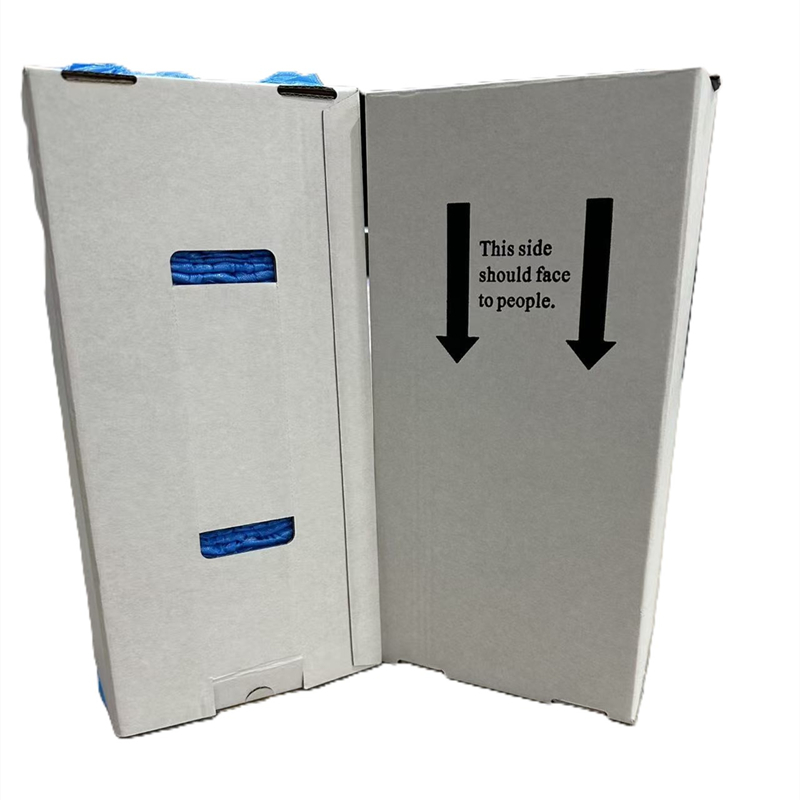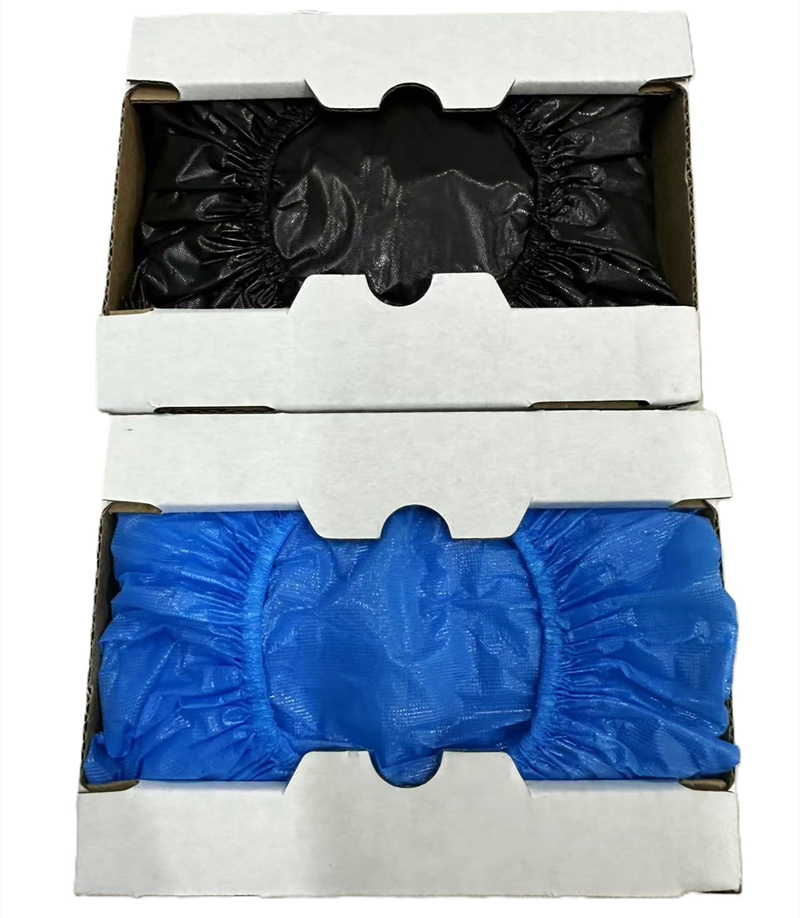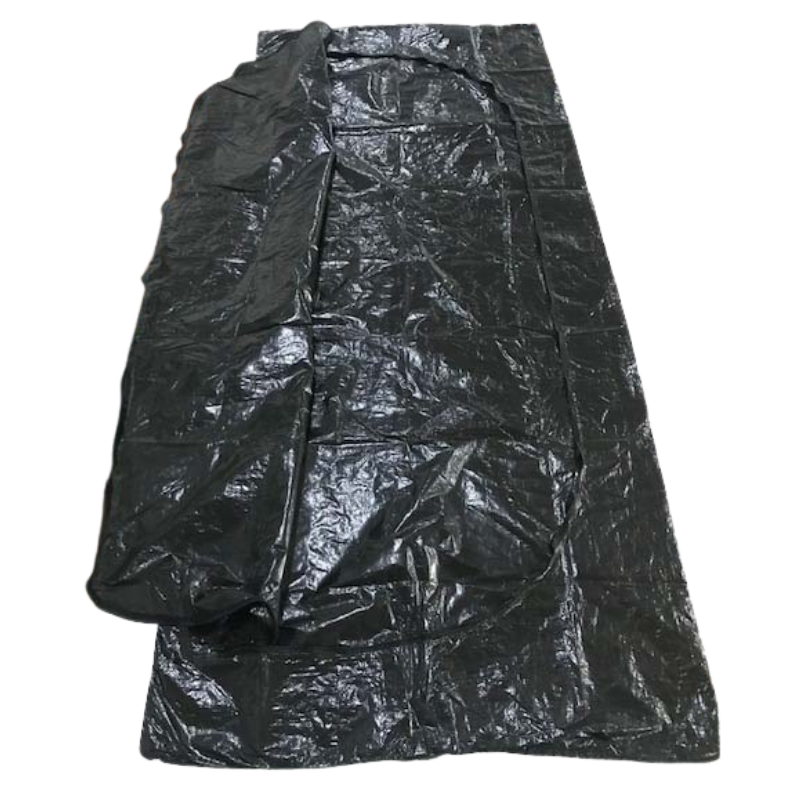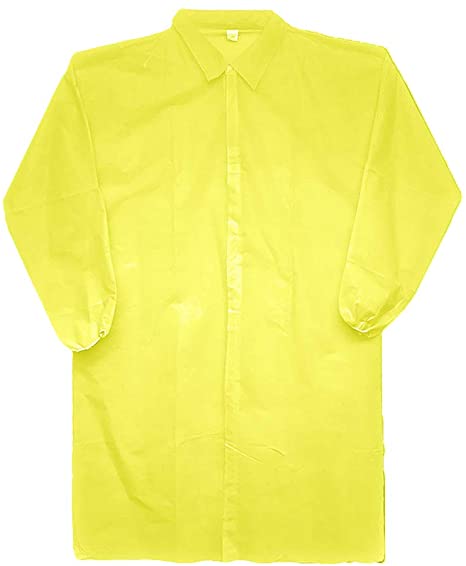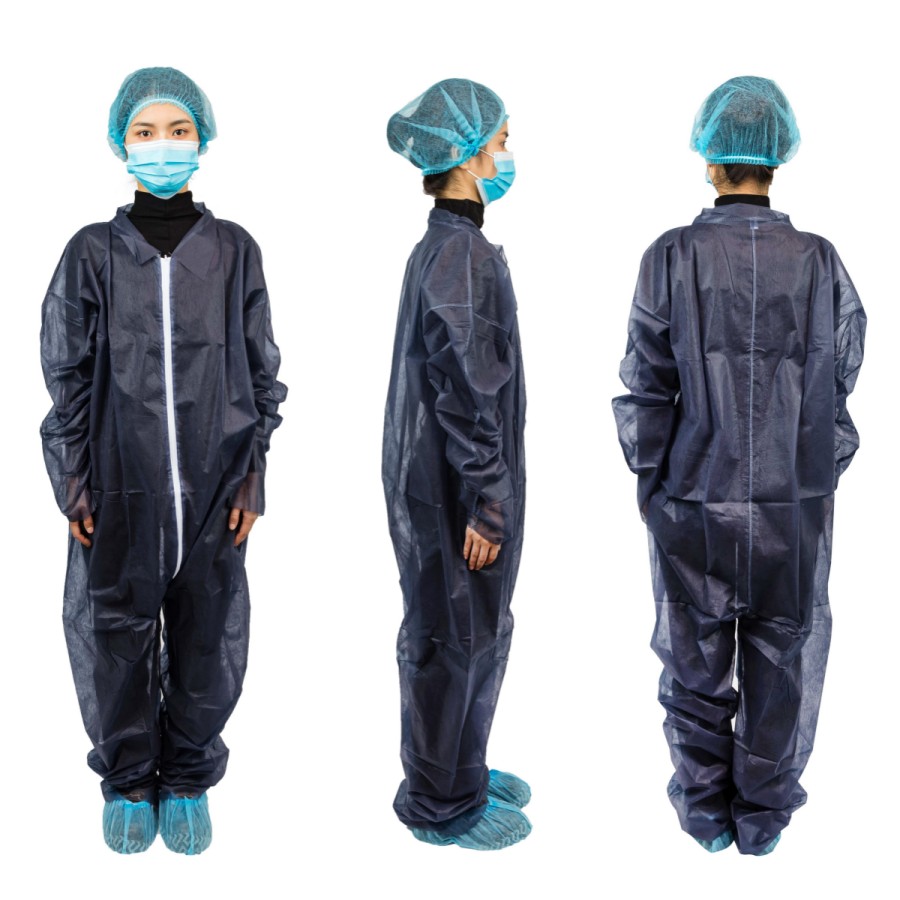Have you ever visited a doctor’s office or clinic and noticed the clean paper covering the examination table? That’s exam table paper, and it plays a very important role in keeping you safe and healthy during your visit. Let’s learn more about this essential medical product.
Quick Answers to Your Questions
- Q:What is exam table paper?
- A: It’s a special, single-use paper used to cover medical exam surfaces. Think of it as a protective shield that blocks germs, liquids, and other things that could spread from one person to another. It’s a key part of healthcare hygiene.
- Q:Why do clinics use it?
- A: Doctors and nurses use it mainly for infection control. It helps stop the spread of harmful bacteria and viruses between patients. And keeps expensive medical furniture clean.
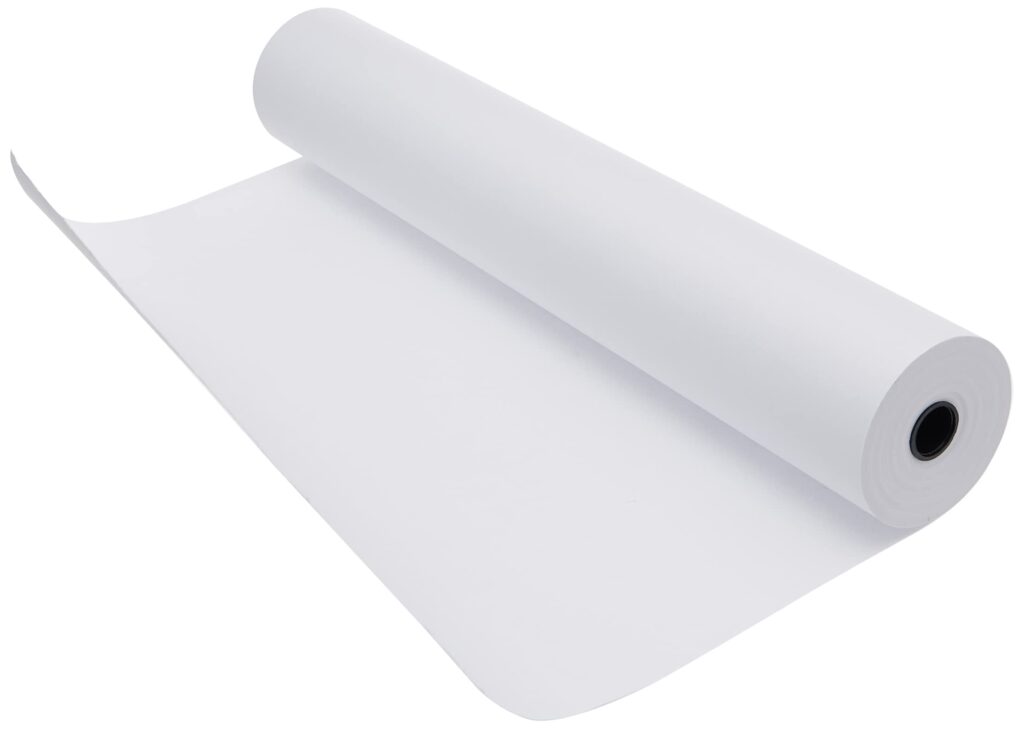
Key Things to Know
Why is this disposable medical paper so vital? Here are some quick facts:
- It helps prevent almost all (eliminates 99%) chances of germs spreading between patients on the table surface. This is crucial for patient safety.
- Using disposable paper rolls can be much cheaper for medical facilities than washing cloth covers over time. This helps with the clinic supplies budget.
- Using the right barrier protection like this paper helps clinics meet important fluid resistance standards set by AAMI. This ensures healthcare compliance.
What Exactly is Exam Table Paper?
Let’s break down what this hygienic paper product is made of and its main features.
- Definition: Examination table paper is a disposable barrier that comes in rolls. Staff pull out a fresh sheet for each patient and place it over the patient examination surface. After the visit, they throw the used paper away. It’s a core part of sanitary practices in medical environments.
- Materials: Most medical grade paper is made from cellulose fibers (like wood pulp). Some types have added layers or are synthetic blends to make them stronger or waterproof. Importantly, quality paper is latex-free to avoid allergic reactions and follows ISO certification guidelines for safety. It needs to be strong enough for durability during an exam.
- Key Features:
- Barrier Protection: Its main job is to be a hygienic barrier, stopping microorganisms like MRSA or Hepatitis B from passing between the table and the patient, or from one patient to the next. It acts as a surface disinfectant companion.
- Hygienic Surface: It provides a clean surface for every single patient, supporting aseptic technique support during medical procedures.
- Patient Comfort: While protective, it also aims for patient comfort. Options like soft paper texture exist.
- Standard Sizes: It usually comes in widths like 18 inches, 21 inches, or 24 inches to fit standard medical examination tables. Rolls have a core diameter standard to fit on a paper roll dispenser.
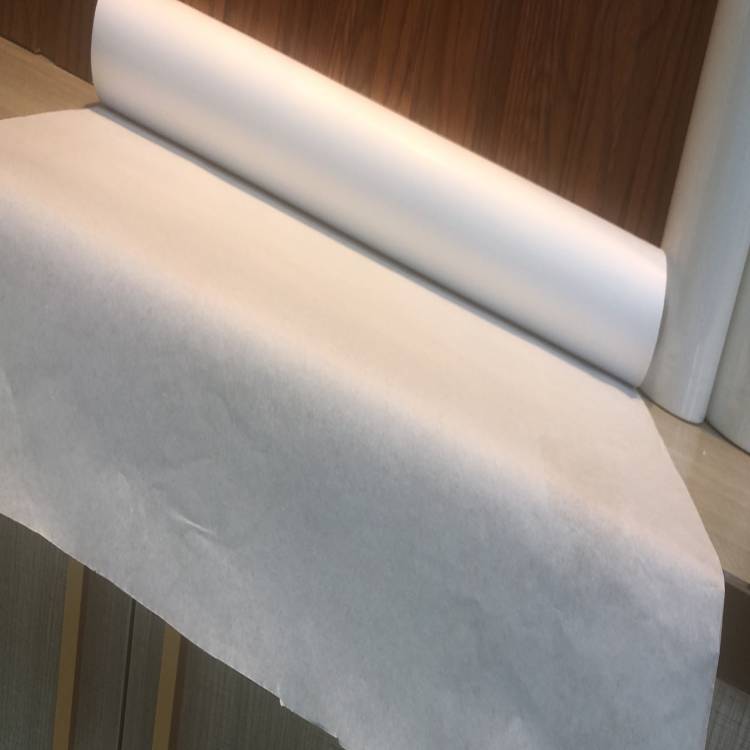
Why is Exam Table Paper Used in Medical Settings?
Now, let’s look deeper into the reasons why hospitals, clinics, dental offices, and even veterinary clinics rely on this disposable paper product.
1. Infection Control is the Biggest Reason
The number one reason is infection control. Medical settings see many people, some of whom might be sick.
- Prevents Cross-Contamination: Exam table paper acts as a physical barrier protection, stopping germ transmission from fluids, skin cells, or other contaminants left behind. This cross-contamination prevention is vital.
- Follows Guidelines: Using fresh paper for each patient follows strict infection control protocols set by the Centers for Disease Control and Prevention (CDC) . It helps prevent nosocomial infections (infections caught in a healthcare setting). You might see staff also using other disposable medical gowns for added personal protection.
- Public Health: It’s a simple but effective tool contributing to overall public health standards by minimizing infection spread in places visited by many people, including urgent care centers and outpatient clinics.
2. Cost Savings and Efficiency
While it might seem like using paper constantly costs money, it’s often more cost-effective than the alternative.
- No Laundry: Washing reusable table linens requires water, electricity, detergent, and staff time. Disposable hygiene products like table paper eliminate these laundering costs.
- Protects Equipment: Spills and bodily fluids can damage expensive medical furniture. The paper provides medical equipment protection, helping tables last longer. This improves operational efficiency.
- Quick Turnover: Changing paper is much faster than changing and washing linens, allowing healthcare professionals like nurses and medical assistants to see patients more quickly.
3. Compliance with Rules
Healthcare facilities must follow many rules to ensure safety.
- OSHA Regulations: The Occupational Safety and Health Administration (OSHA) has rules, like the Bloodborne Pathogens Standard 1910.1030, which require workplaces to protect employees and patients from potentially infectious materials. Using table paper helps meet these regulatory standards.
- AAMI Standards: The Association for the Advancement of Medical Instrumentation (AAMI) sets standards like AAMI PB70 for fluid resistance. Certain types of table paper help facilities meet these barrier efficacy requirements.
- State Rules: State Health Departments often have their own hygiene standards that include using protective barriers like exam table paper. Adhering to these rules ensures healthcare worker safety and patient safety.
4. Patient Comfort and Experience
Safety is key, but making the patient feel comfortable is also important.
- Texture Choices: Paper comes in different textures. Crepe paper rolls have a slightly bumpy, embossed paper texture that feels softer and prevents slipping. Smooth table paper is often used for procedures where lint could be an issue, like ultrasound table paper or dermatology table paper.
- Clean Feeling: Knowing you are sitting or lying on a fresh, clean sheet of paper improves the patient experience and provides peace of mind. It’s also often hypoallergenic paper.
- Specialty Uses: Different types cater to various needs, like pediatric exam paper (maybe with fun patterns!), chiropractic table paper (often crepe for grip), massage table paper, or even tattoo barrier paper.
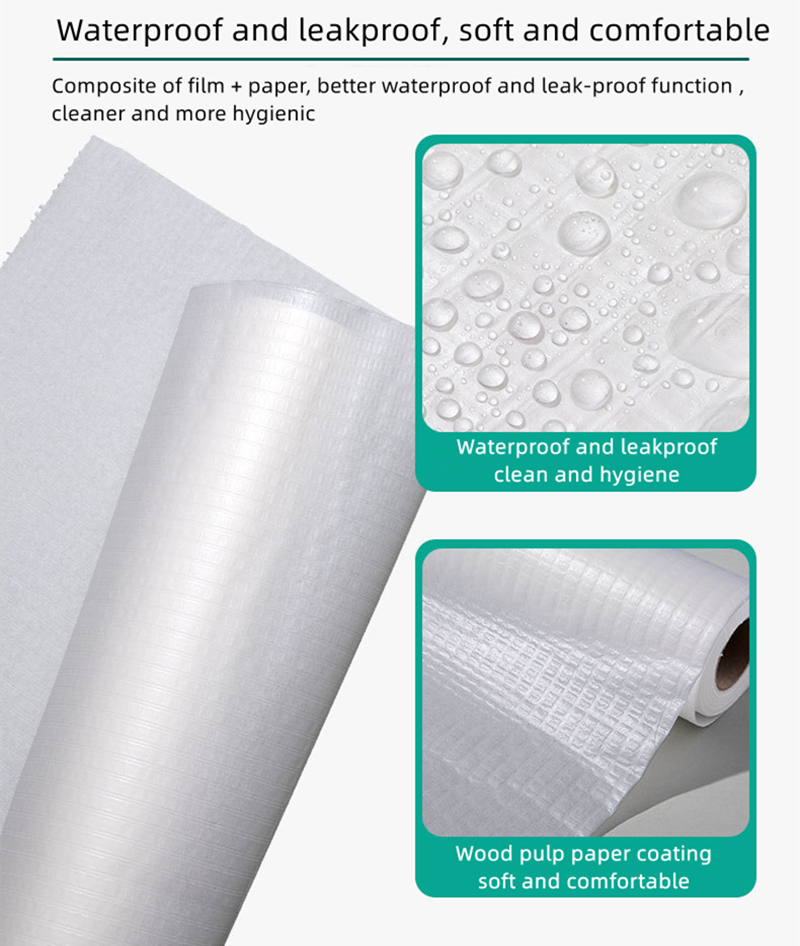
Types of Exam Table Paper
There are a few main types you might see:
- Crepe Paper: This is the most common type. It has a crinkled, high-grip table paper texture.
- Pros: Soft feel, helps prevent patients from sliding (non-slip surface), good absorbency.
- Uses: General exams, physical therapy supplies, chiropractic adjustments.
- Smooth Paper: This paper has a flat, smooth finish.
- Pros: Lint-free paper, less likely to irritate sensitive skin, good for procedures where gels are used (like ultrasounds).
- Uses: Dermatology clinics, wound care supplies, imaging rooms.
- Fluid-Shield Paper (Poly-Backed): This type has a layer of plastic (poly-backed table paper) on one side, making it waterproof.
- Pros: Excellent fluid protection, prevents liquids from soaking through to the table, spill protection.
- Uses: Procedures involving fluids, emergency rooms, situations needing high barrier performance. Similar protection is offered by disposable waterproof bedding.
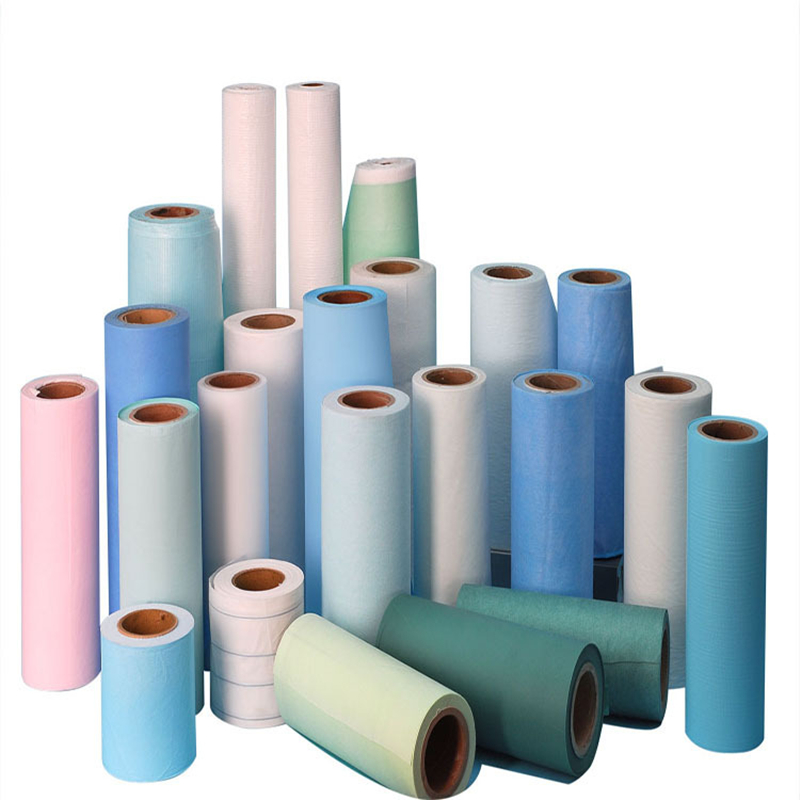
How to Choose the Right Table Paper
Factors like paper roll length, budget (economy table paper vs. premium quality paper), and specific procedure requirements also influence the choice made by purchasing departments from medical supply distributors.
Compliance and Safety Standards Are Key
Using exam table paper isn’t just a good idea; it’s often required by important health and safety groups.
- CDC Guidelines: The CDC strongly recommends using barriers like table paper as part of standard infection prevention practices in all healthcare environments. This protects both patients and healthcare providers.
- AAMI Standards: AAMI PB70 specifically rates how well medical textiles resist fluids. Fluid-resistant paper, especially poly-backed types, helps facilities meet these performance standards.
- OSHA Regulations: OSHA mandates safe work practices to protect against bloodborne pathogens and other hazards. Using disposable barriers is a key part of this workplace safety strategy, often included alongside personal protective equipment (PPE) like exam gloves and face masks.
- Other Bodies: Agencies like the FDA (which regulates medical devices), and standards organizations (ISO certification) also play roles in ensuring the safety and quality of medical consumables. EPA recommendations might guide disposable waste management.
Frequently Asked Questions (FAQs)
- Can exam table paper be recycled?
- Usually, no. Because it comes into contact with people in a medical setting, it’s treated as medical waste or biohazard waste to prevent spreading germs. Proper disposal protocols must be followed.
- How often should the paper be changed?
- It must be changed after every single patient. This is the most important rule for infection control using table paper. Using hand sanitizers and surface disinfectants are also part of the routine.
- How should exam table paper be stored?
- It should be kept in a clean, dry place, often near the paper roll holder or dispenser system, away from potential contamination, ensuring hygienic storage.
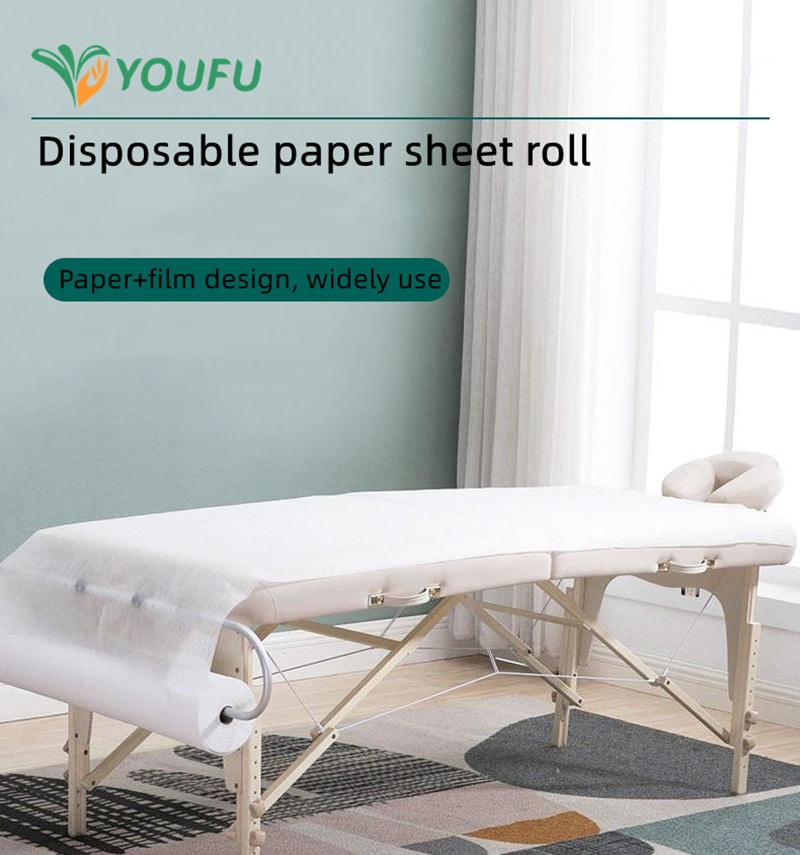
Examination table paper is a simple yet vital tool in modern healthcare. It provides essential barrier protection, supports clinic hygiene, helps facilities meet regulatory compliance, offers cost savings compared to reusable options, and ensures a clean, comfortable surface for every patient. From the general practitioner’s office to specialized treatment centers, this disposable medical product is a cornerstone of patient care and safety. You might also find similar protective items like disposable headrest covers used in related settings like massage therapy clinics or beauty salons. Understanding its purpose helps us appreciate the steps medical professionals take to keep us safe.


